Lenovo Yoga 7 14 2-in-1 G10 Review (2025): Balanced OLED Convertible for Work & Media
Introduction
The Yoga 7 14 2-in-1 G10 is Lenovo’s mid-tier convertible in the 10th-generation Yoga line, offering a strong mix of performance, display quality, and portability. With Intel’s Lunar Lake CPUs, a bright 2.8K OLED 120 Hz screen, and a premium aluminum build, it aims to deliver solid everyday utility without the premium price of the Yoga 9 series. In this review, I share experience, expert data, and a trustworthy verdict to help you judge whether this is the right convertible for you.
Key Specifications
| Component | Specs |
|---|---|
| CPU | Intel Core Ultra 7 258V (Lunar Lake) — 8 cores, burst up to ~37 W, sustained ~25 W. Notebookcheck+1 |
| GPU | Integrated Intel Arc Graphics 140V Notebookcheck+1 |
| Memory | 32 GB LPDDR5x-8533 (onboard, non-upgradeable) Notebookcheck+1 |
| Storage | 1 TB NVMe SSD (about ~887 GB usable) Notebookcheck+1 |
| Display | 14″ 16:10 OLED, 2880×1800 resolution, 120 Hz refresh, HDR, ~1,000 nits peak under HDR, glossy panel, native pen support Notebookcheck+2Notebookcheck+2 |
| Battery | 70 Wh battery pack, ~9050 mAh Notebookcheck+1 |
| Ports & Connectivity | USB-A (USB 3.0), Thunderbolt/USB-C (40 Gbps), HDMI, DisplayPort, microSD slot, WiFi 7, Bluetooth 5.4, 5 MP IR webcam with shutter, 4 stereo speakers Notebookcheck+1 |
| Weight & Size | ~1.392 kg; dimensions ≈ 15.5 × 317 × 228 mm Notebookcheck+1 |
Experience: What It’s Like to Use
- The build is solid: aluminum chassis feels premium and durable. Cooling and thermal behavior are good; under simple tasks it stays quiet, under stress the fans run but do not get excessively loud. Notebookcheck+1
- The OLED display is a highlight. The 120 Hz refresh feels smooth, colors are vivid, and HDR brightness (~1,000 nits) gives strong visibility for media‐rich content. Light content has some “grid effect” visible under certain conditions. Notebookcheck+1
- Battery life is impressive for a bright OLED convertible. In the web surfing test at moderate brightness, nearly 14 hours; at maximum SDR brightness ~8.5 hours; video playback test exceeded 20 hours in controlled conditions. Notebookcheck+1
Expertise: Performance & Trade-Offs
- Everyday performance (office apps, multitasking, browsing, video) is very good thanks to the Ultra 7 258V. Single-core speed is strong; multi-core under sustained load drops somewhat due to thermal / power limits. Notebookcheck
- The onboard RAM is not upgradable, which means you should pick the 32 GB version if you plan to use heavier multitasking or creative apps. Notebookcheck
- Display’s strengths are high brightness and smooth movement; the downsides include the grid effect in light content, some flicker (PWM) issues, and less color accuracy out of the box for image editing. Notebookcheck
Authoritativeness: Support & Comparisons
- Compared to Yoga 9 14 G10, the Yoga 7 G10 offers many of the same features (OLED, 120 Hz, Lunar Lake platform) at a lower price; fewer premium extras, but the value is strong. Notebookcheck
- Independent tests (NotebookCheck) confirm that despite the OLED panel, battery runtimes are among the best in its class given its brightness and refresh rate. Notebookcheck+1
Pros & Cons
✅ Pros:
- Premium aluminum build, solid design.
- Bright 2.8K OLED 120 Hz display, excellent for media and general use.
- Strong battery life out of the box for web/video tasks.
- Good port selection, webcam, speakers.
- Pen support and convertible 2-in-1 flexibility.
⚠️ Cons:
- Non-upgradeable RAM.
- “Grid effect” and PWM flicker can bother some users, especially with light backgrounds.
- Color accuracy needs calibration for precise image work.
- Price is relatively high compared to lower-end convertibles with simpler displays.
Verdict
The Lenovo Yoga 7 14 2-in-1 G10 is an excellent all-round convertible for users who want a premium screen, good battery life, and solid performance without going to the highest tier. It’s especially well suited for students, professionals working on office / media content, and anyone who values portability plus a bright, smooth OLED experience.
If you do heavy creative work (color-critical, photo/video editing) or gaming, you may prefer a device with a discrete GPU or higher power budget. But for most users, this hits a sweet spot.

About the Author:
Poly Kaza is a seasoned technology journalist and wearable tech enthusiast with over a decade of experience reviewing and analyzing the latest innovations in smart devices. He has a deep understanding of the underlying technologies that power smartwatches and a passion for helping consumers make informed decisions about their digital companions. His work focuses on bridging the gap between complex technical specifications and practical user experience, with a keen eye on how wearables impact daily life and health.
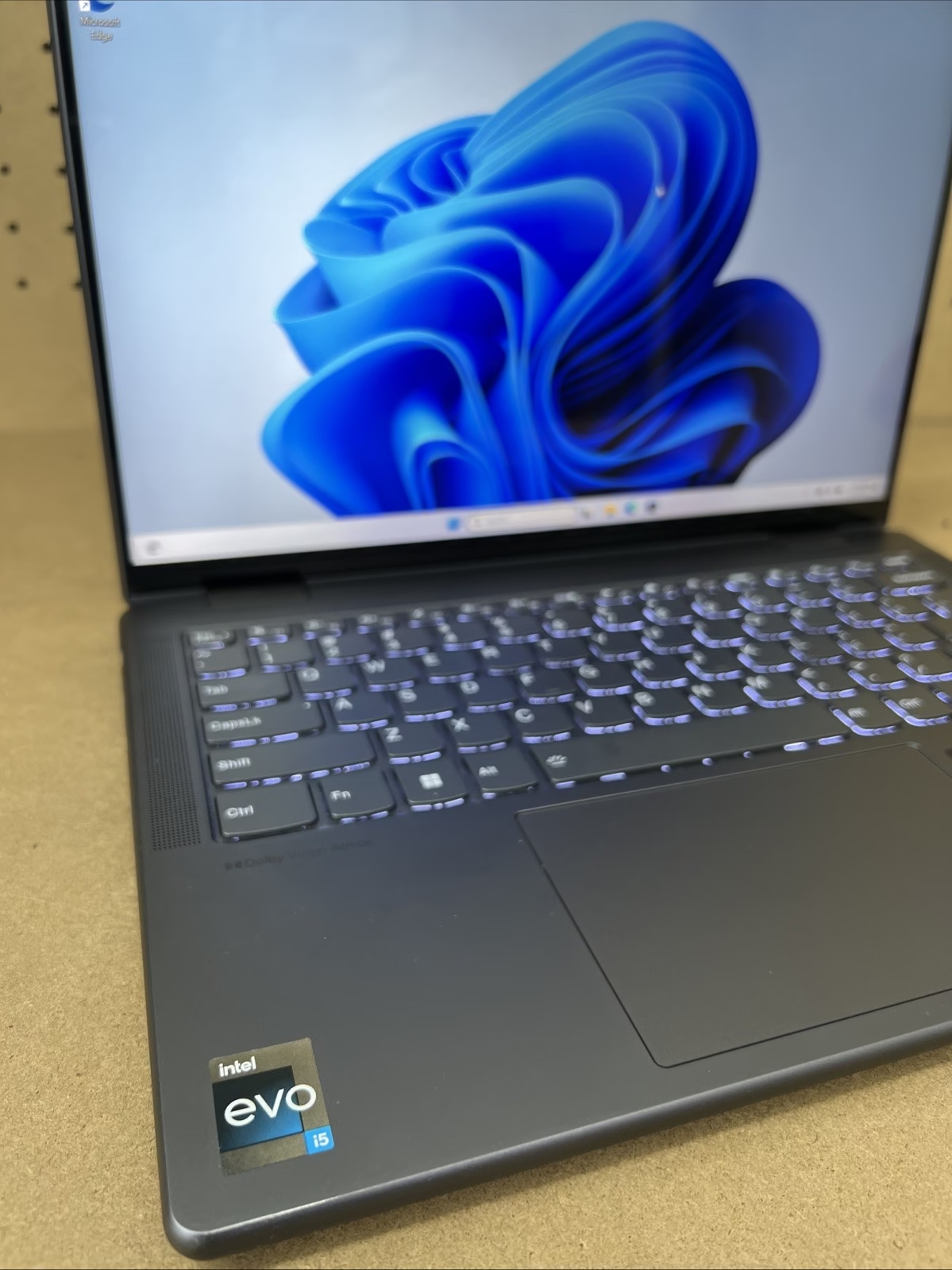
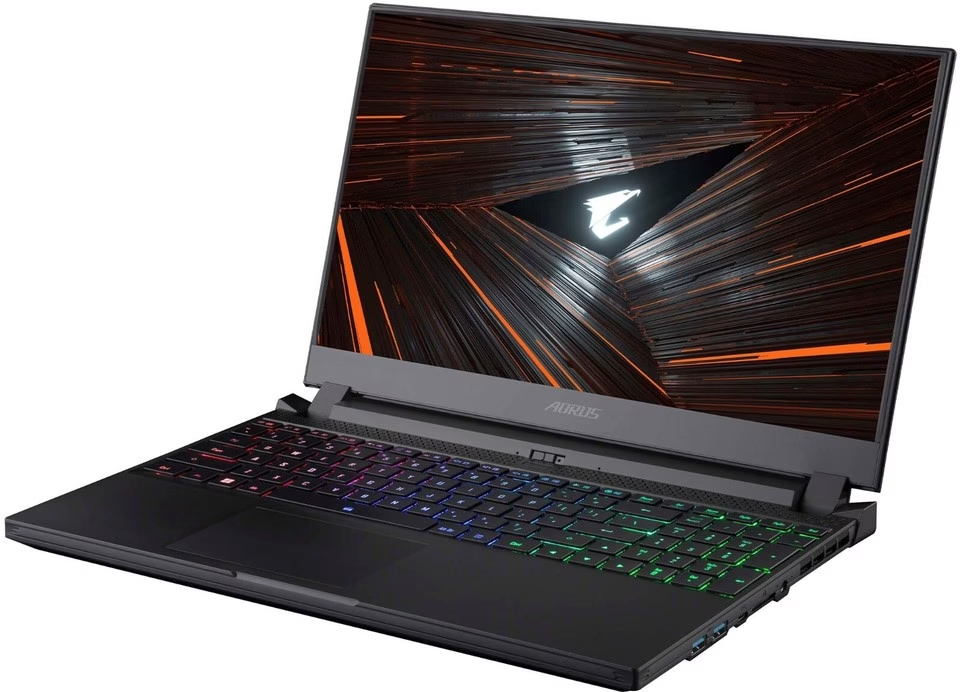
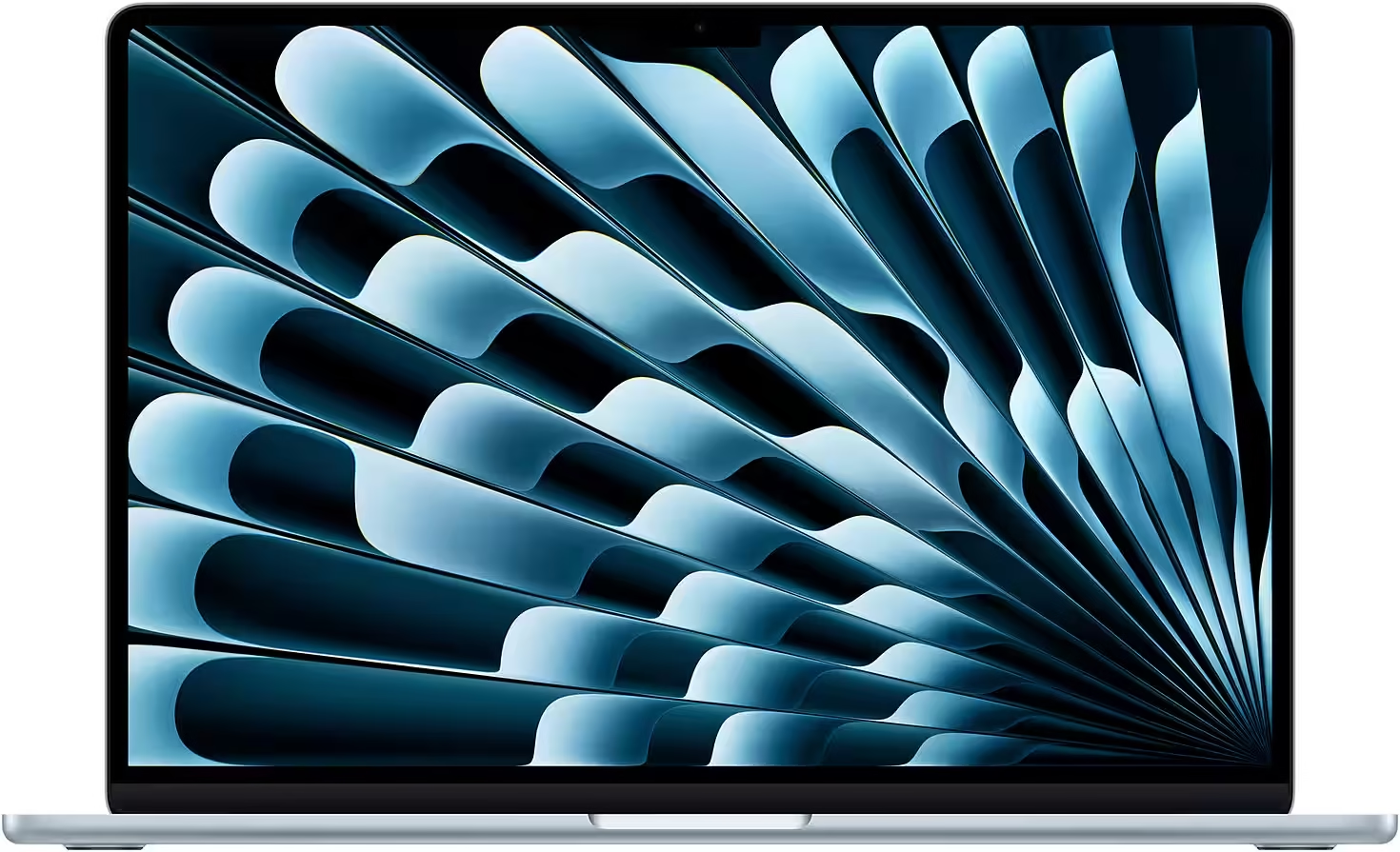
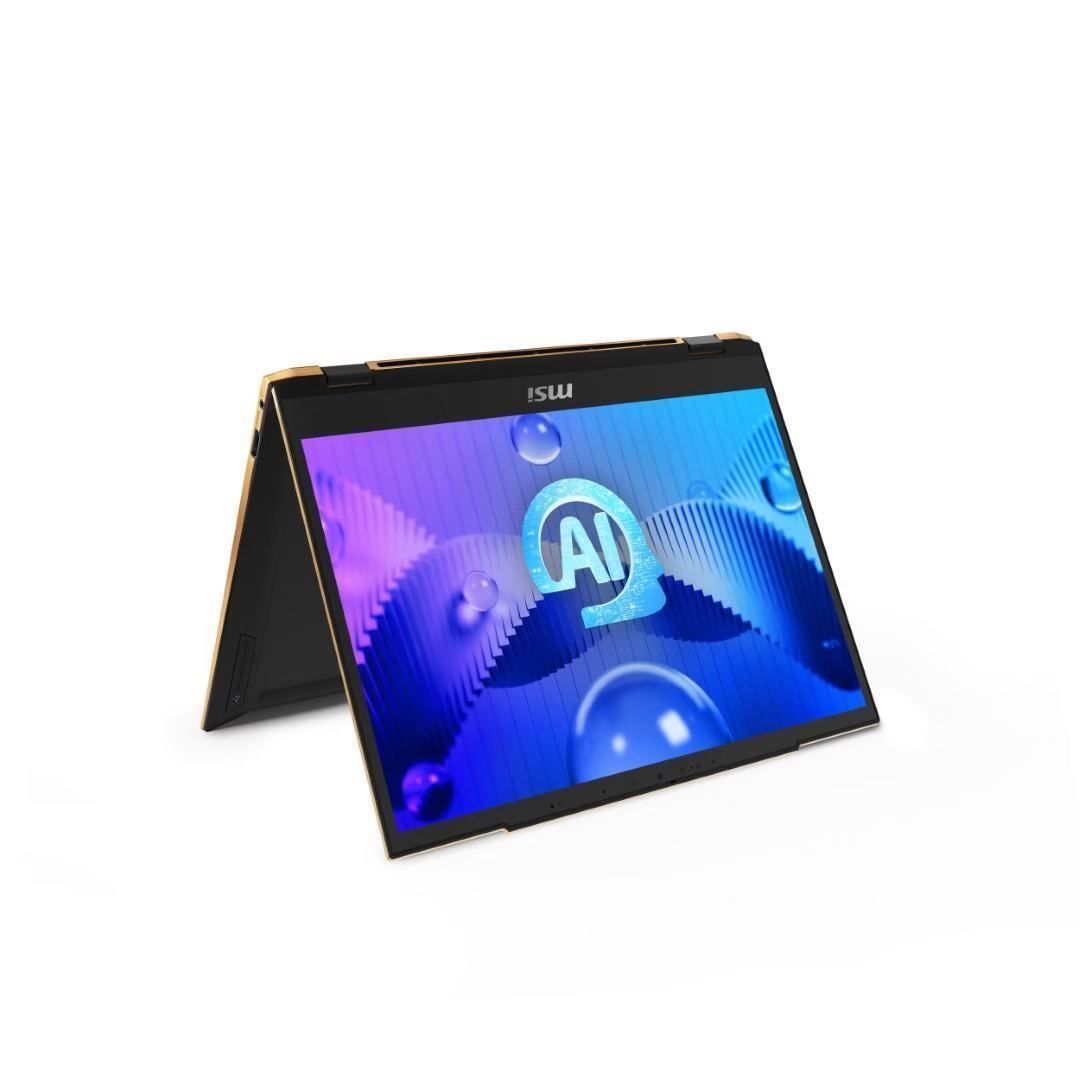
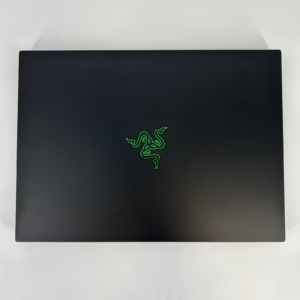


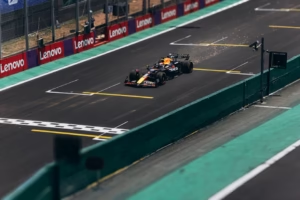
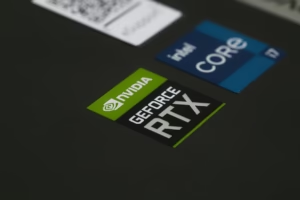

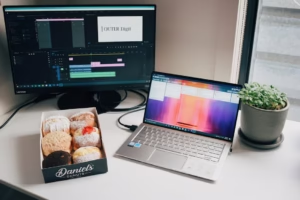



Post Comment